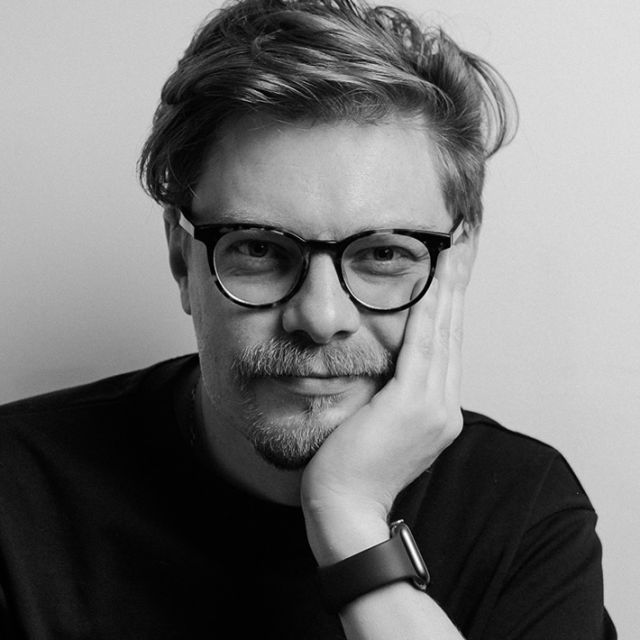"My mission is to make our world better by teaching people to make excellent products & services". I formulated this for myself, because I cannot directly influence not all the products and services in the world that could become better. But helping people do it better, teaching them something new, sharing my experience - I can do it. I share my knowledge in cognitive biases, psychology, behavioral economics, goal setting, leadership, people management, creative and system thinking, etc.
I have experience in different areas: I had my own company, I was doing audio marketing, I've worked in game industry, I've made big pivot in a company and launched new product in USA, I've worked with design and UX very close, I've developed organization structure in a big company, I've changed culture in teams and much more than I can gladly share!
My main approach is work with thinking and focus on the humans - it is an essential foundation for creating innovation.
I have experience in different areas: I had my own company, I was doing audio marketing, I've worked in game industry, I've made big pivot in a company and launched new product in USA, I've worked with design and UX very close, I've developed organization structure in a big company, I've changed culture in teams and much more than I can gladly share!
My main approach is work with thinking and focus on the humans - it is an essential foundation for creating innovation.
My Mentoring Topics
Strategic Thinking
Creative Thinking & Creative Methodologies
Product Management
Leadership & People Management
Goal Setting
Building product strategy & roadmap
Feedback Culture
Creative Thinking & Creative Methodologies
Product Management
Leadership & People Management
Goal Setting
Building product strategy & roadmap
Feedback Culture

